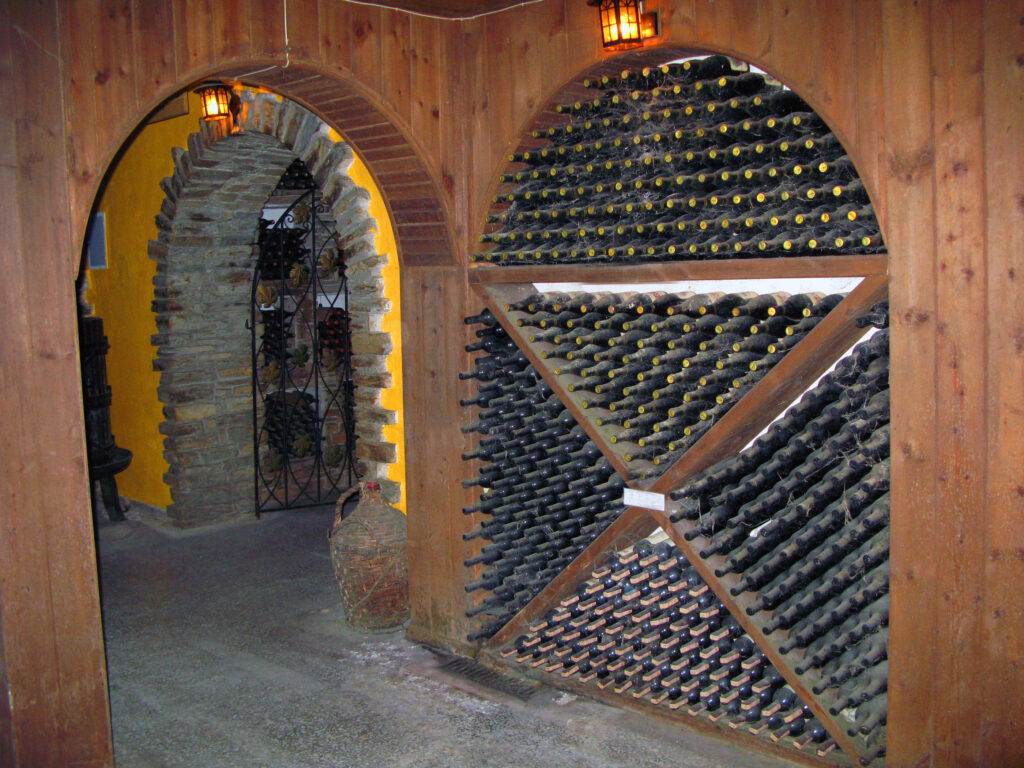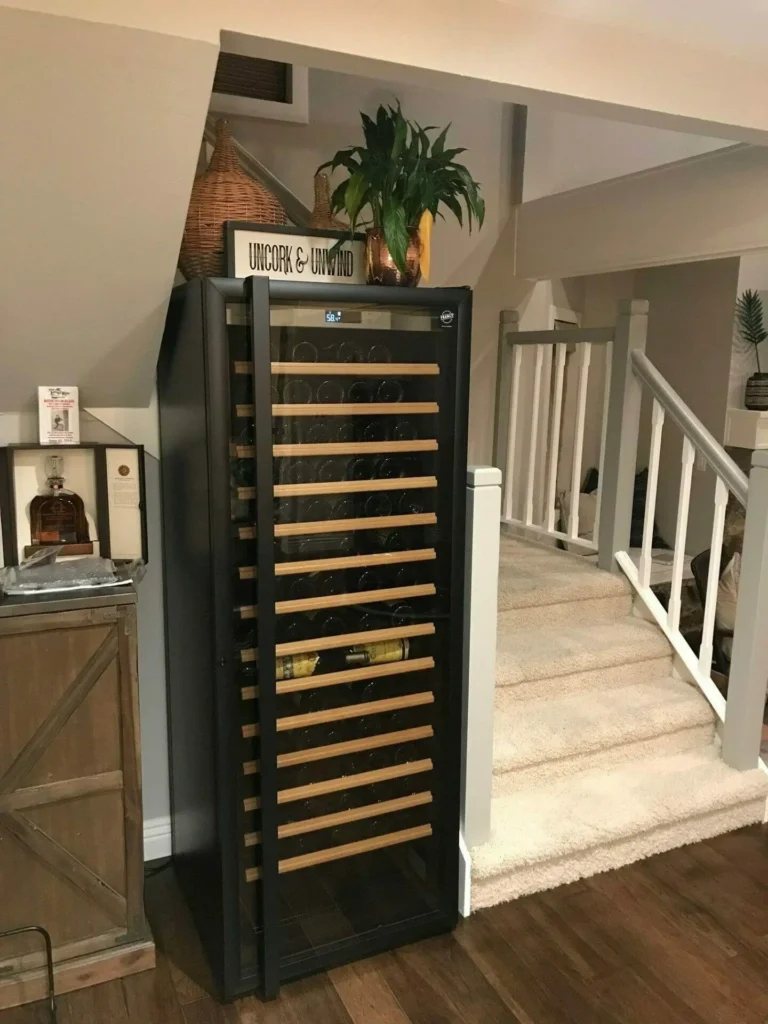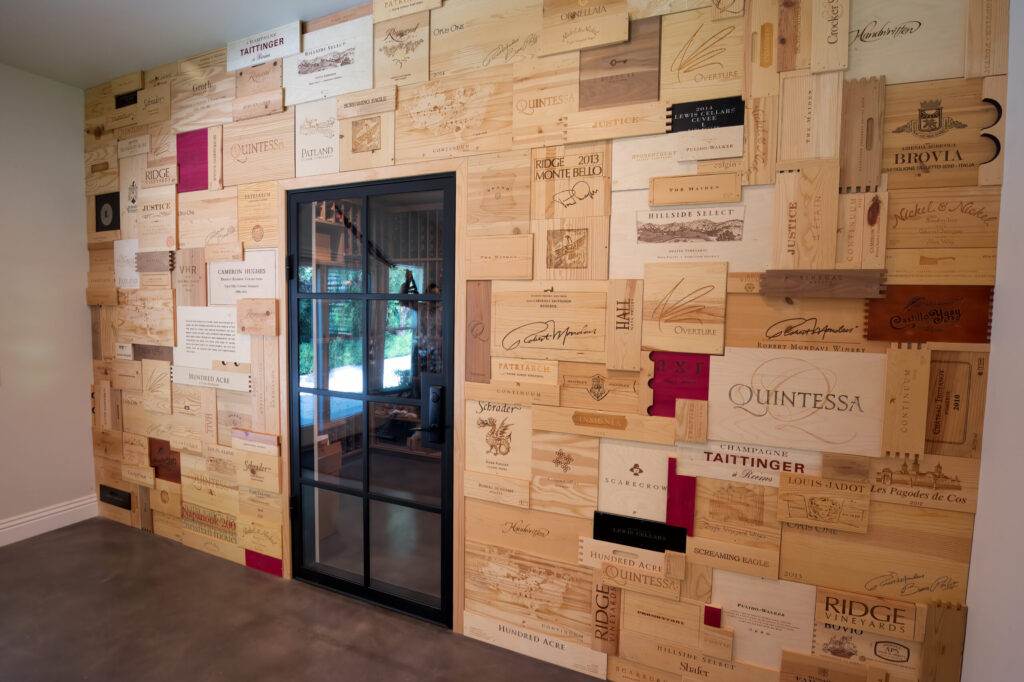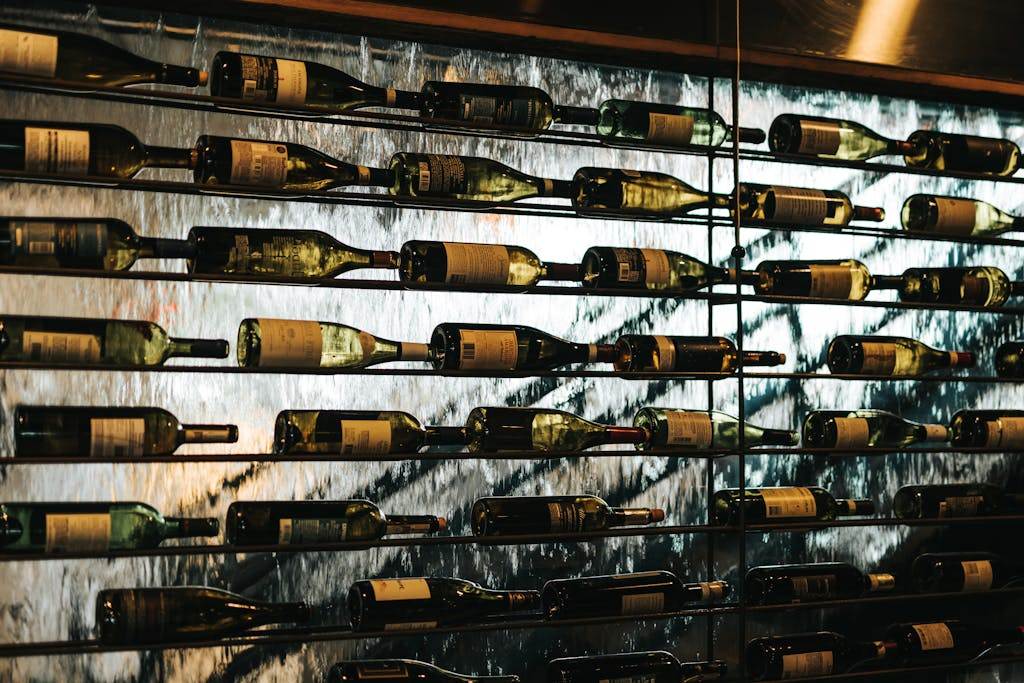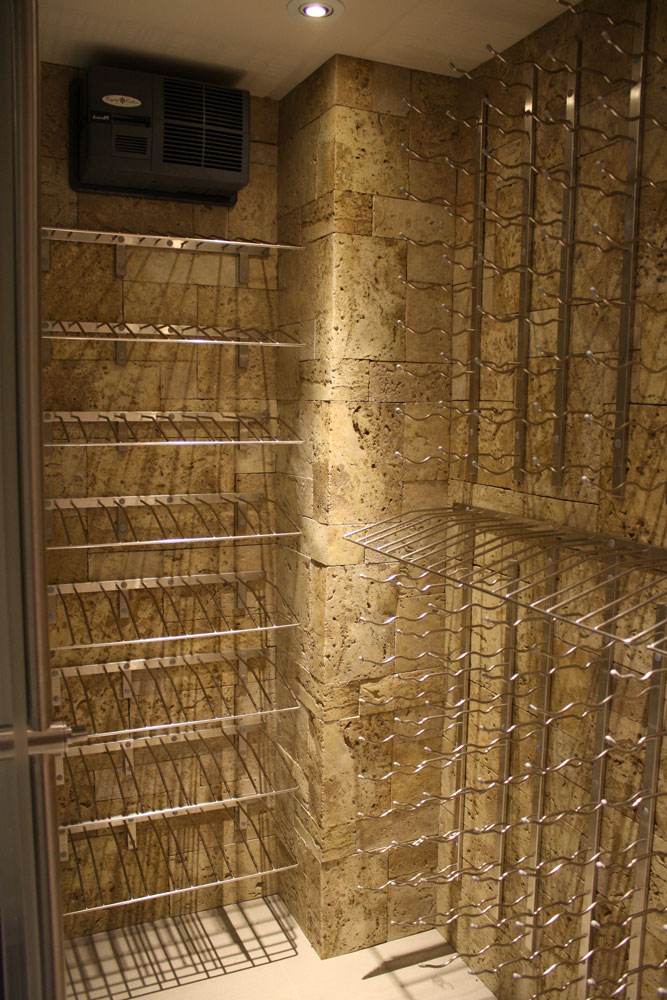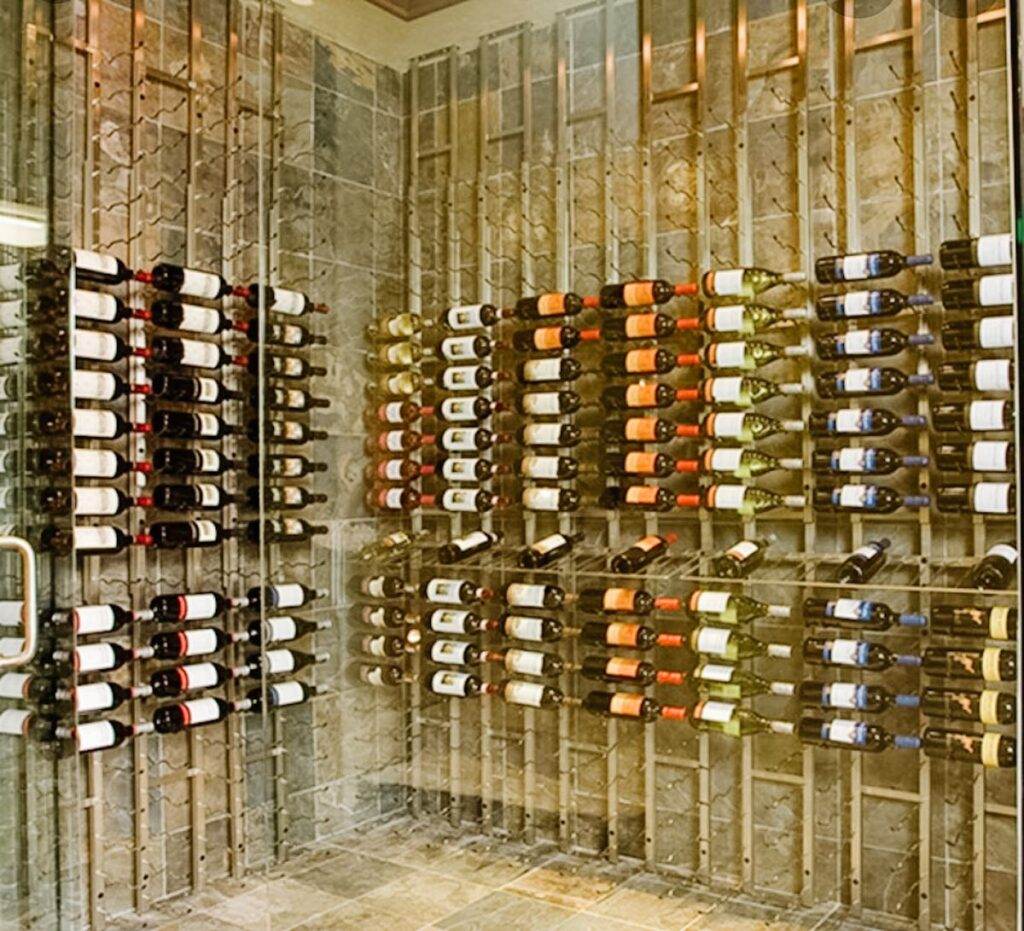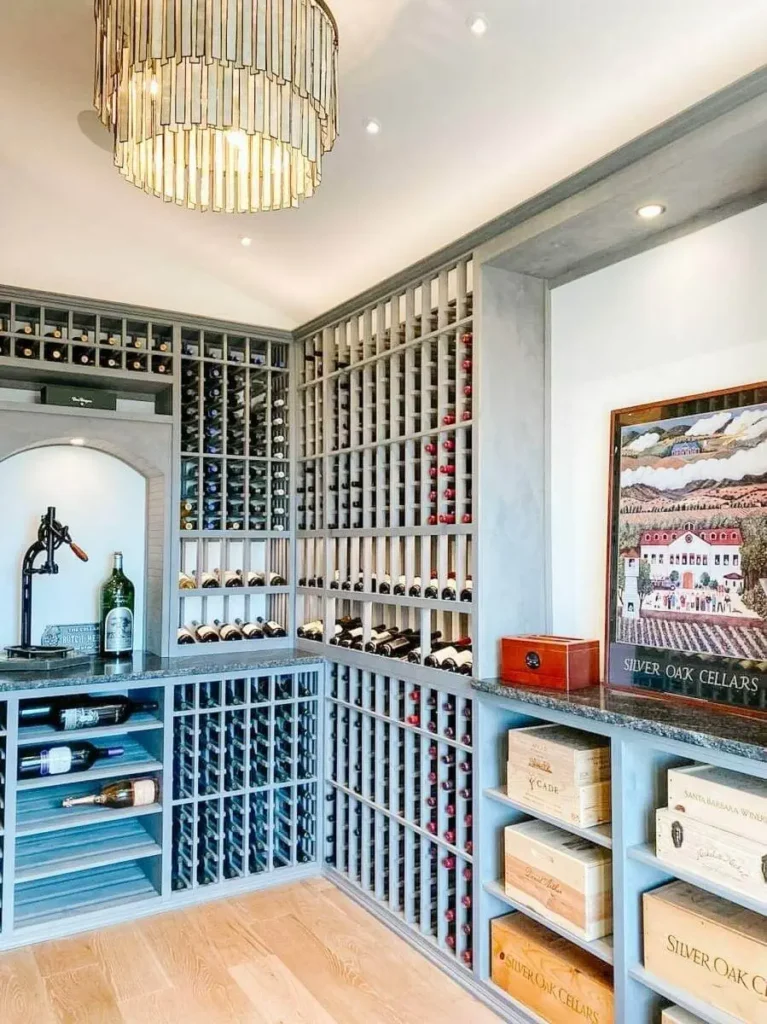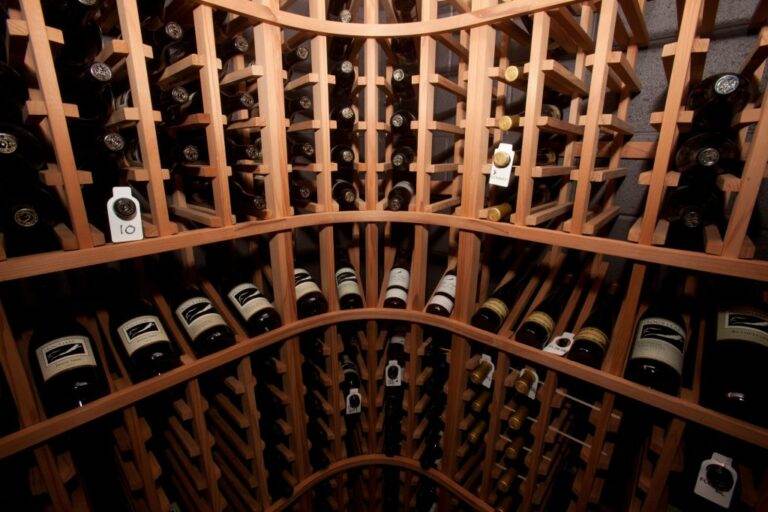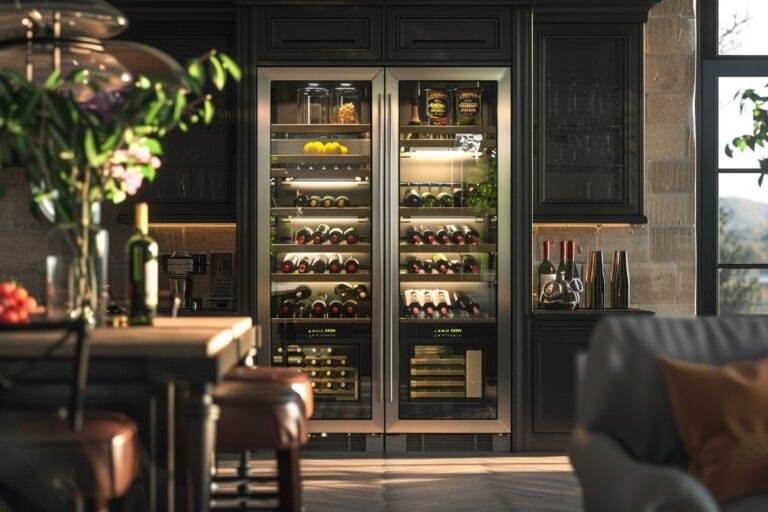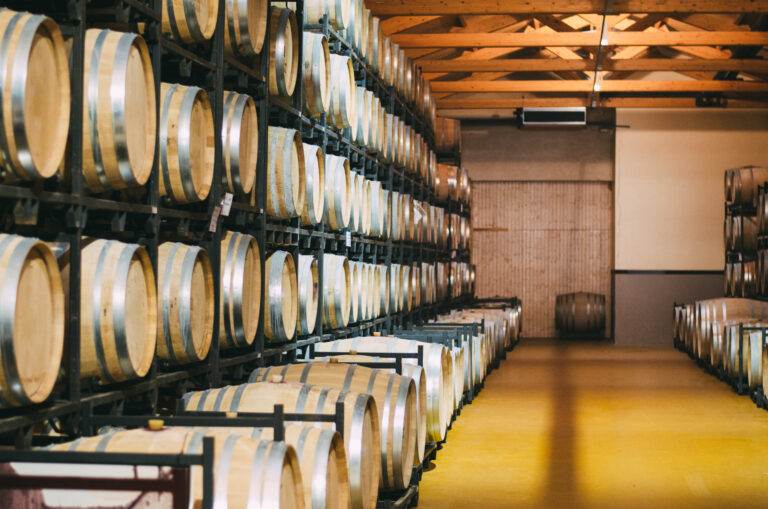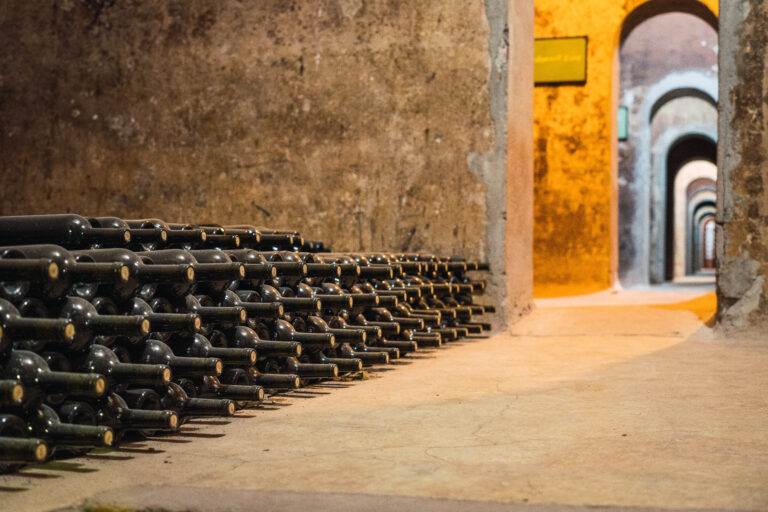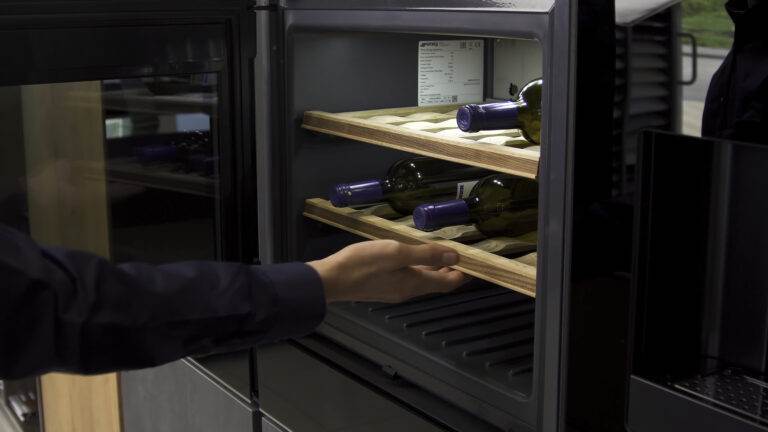Introduction to Wine Refrigeration Systems
Importance of Proper Wine Storage
Proper wine storage is crucial for preserving the quality and enhancing the flavors of your collection. Wine is a living product that can change dramatically if its storage conditions are not ideal. Factors such as temperature, humidity, and light exposure impact the aging process, and neglecting these aspects can lead to a loss of flavor and aroma. Here’s why proper wine storage matters:
- Temperature Control: Most wines are best stored at temperatures between 45°F to 65°F. Inconsistent temperatures can cause the wine to expand and contract, potentially compromising cork integrity and allowing air to seep in.
- Humidity Levels: Ideal humidity is between 50% to 80%. Low humidity might dry out corks, leading to a diminished seal, while high humidity can cause mold growth.
- Vibration Reduction: Wines develop and evolve over time, and vibrations can disrupt this process, leading to an unbalanced flavor profile.
When investing in a wine collection, ensuring proper storage is key to showcasing your wines at their finest.
Factors to Consider When Choosing a Wine Refrigeration System
Selecting the right wine refrigeration system requires careful consideration of several important factors:
- Capacity: Assess the number of bottles you plan to store. Systems come in various sizes, so it’s essential to choose one that accommodates your collection without overcrowding.
- Cooling Technology: Understand the difference between compressor-based and thermoelectric systems. Both have their pros and cons regarding temperature consistency and noise levels.
- Temperature Zones: Decide whether you need a single-zone or dual-zone unit, especially if you store different types of wine that require varied temperatures.
- Aesthetic Design: Consider how the cooler will look in your space. There are many styles available to fit your décor preferences.
By evaluating these factors, you can choose a wine refrigeration system that not only protects your investment but also complements your living space.
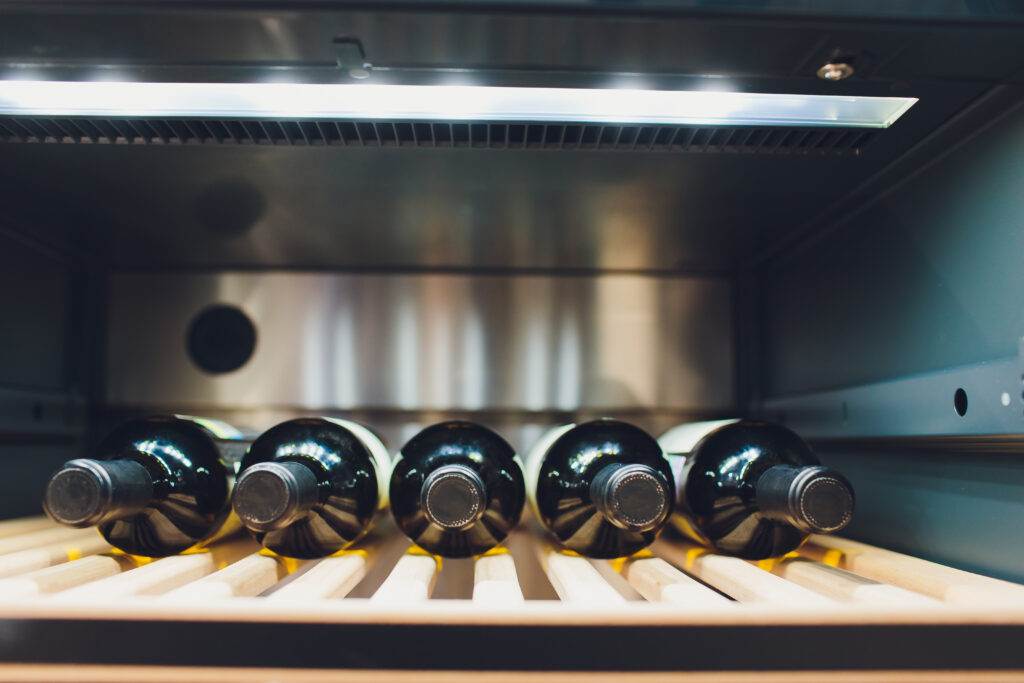
Types of Wine Refrigeration Systems
Freestanding Wine Coolers
Freestanding wine coolers serve as a versatile solution for wine enthusiasts who may not have dedicated spaces for wine storage. These units are portable and can be placed in various areas of your home, making them an excellent option for those who enjoy entertaining or simply wish to have easy access to their favorite bottles. Here are some benefits of freestanding wine coolers:
- Flexibility: They can be easily moved around to accommodate changing needs or preferences in your home.
- Variety of Sizes: Freestanding models come in numerous sizes, from compact units perfect for small spaces to larger models that hold dozens of bottles.
- Cost-Effectiveness: Generally, these coolers are more budget-friendly compared to built-in options, making them accessible for those starting their wine collection.
However, keep in mind that they do require clearance around the unit for proper ventilation, so plan your placement accordingly.
Built-in Wine Cellars
For a more permanent solution, built-in wine cellars are a stylish and functional choice. These units are designed to be integrated into your home’s cabinetry, offering an elegant look while efficiently storing your wine collection. Some key features of built-in wine cellars include:
- Custom Fit: They are designed to fit seamlessly into your existing kitchen or living space, maximizing aesthetics and functionality.
- Temperature Regulation: Many built-in systems have advanced temperature and humidity controls, providing optimal conditions for wine storage and aging.
- Increased Capacity: With larger storage capabilities, these cellars are suited for serious collectors looking to expand their collection.
However, it’s essential to consider installation costs and potential modifications to your cabinetry, as these factors may affect your budget. Both freestanding wine coolers and built-in wine cellars have unique advantages, and choosing between the two ultimately depends on your storage needs, available space, and lifestyle.
Capacity and Size Considerations
Determining the Right Size for Your Collection
When it comes to wine refrigeration systems, one of the most critical aspects is determining the right size for your specific collection. The capacity you choose will significantly impact the longevity and quality of your investment. Here are several factors to consider:
- Current Collection: Take stock of how many bottles you currently own. It’s wise to purchase a unit that holds slightly more than your current collection to allow for future purchases.
- Future Plans: Consider your wine purchasing habits. Are you an occasional buyer, or do you plan to expand your collection? Allocating extra space for growth can save you from needing to upgrade too soon.
- Bottle Size and Shape: Standard wine bottles take up different amounts of space depending on their shape. If you collect larger formats, like magnums or wider bottles, ensure that your cooler can accommodate them.
For instance, if you find yourself frequently purchasing limited-edition wines and anticipate adding more to your collection, opting for a wine cooler that holds at least 20% more than your current inventory may be a smart decision.
Space-saving Options for Small Areas
Living in smaller spaces doesn’t mean you have to compromise on your wine collection. There are several space-saving options designed specifically for compact living. Here’s how you can optimize your space:
- Slimline Wine Coolers: These models are designed to fit in narrower spaces while still accommodating several bottles. Perfect for small kitchens or living rooms.
- Under-Counter Models: Built to snuggle under countertops, these units minimize their footprint while providing excellent storage.
- Wall-mounted Racks: For those with limited floor space, wall-mounted wine racks or compact shelving systems can utilize vertical space effectively.
Here are features to consider when selecting space-saving options:
Bottle Capacity: Ensure the chosen unit has enough capacity for your needs, despite being compact.
Aesthetic Appeal: Many compact models are designed to be visually appealing, integrating seamlessly into your home décor.
Finding the right capacity and size for your wine storage needs allows you to enjoy your collection without compromising your living space. With so many creative solutions available, you can celebrate your wine passion no matter the size of your home.
Temperature Control Features
Dual-zone vs. Single-zone Cooling
When it comes to wine refrigeration systems, one of the most significant features to consider is the cooling zone configuration. You’ll typically encounter two options: dual-zone and single-zone systems. Each has its unique benefits depending on how you intend to store and enjoy your wine.
- Single-zone Cooling: This option maintains a constant temperature throughout the entire unit, making it a suitable choice for those who primarily store a single type of wine. If you primarily enjoy red wines that thrive in slightly warmer conditions, a single-zone cooler can simplify your storage needs.
- Dual-zone Cooling: For wine enthusiasts who appreciate various types—red, white, sparkling—dual-zone cooling is particularly advantageous. It allows you to set two different temperature zones, catering perfectly to the distinct storage needs of each type of wine. For example, you can store your red wines around 55°F and your whites at a cooler 45°F, ensuring optimal conditions for each.
Choosing between a single-zone and dual-zone system ultimately depends on your collection and preferences. For those who tend to acquire a wide variety of wines, investing in a dual-zone system might be the most beneficial option.
Humidity and Vibration Control
Proper humidity and vibration control are essential features in any wine refrigeration system. These factors greatly influence the aging process and overall quality of your wines.
- Humidity Control: Ideally, your wine cooler should maintain humidity levels between 50% and 80%. Too little humidity can dry out corks, allowing air to enter the bottle and altering the wine’s composition. Conversely, high humidity can lead to mold growth. Some models feature built-in humidifiers or hygrometers to ensure optimal conditions.
- Vibration Control: Even minor vibrations can disrupt the delicate aging process of wine. Look for coolers with vibration-dampening technology, such as thermoelectric systems or specialized insulation. This feature helps minimize movement and ensures that sediment in the wine remains undisturbed.
In conclusion, temperature control features should be at the forefront of your decision-making process when selecting a wine refrigeration system. By understanding the benefits of dual-zone versus single-zone cooling, as well as the importance of humidity and vibration control, you can create an optimal environment for preserving your cherished collection.
Design and Aesthetics
Stainless Steel vs. Wood Finishes
When selecting a wine refrigeration system, the design and aesthetics play an integral role, especially since these units are often showcased within the home. Two popular choices that stand out are stainless steel and wood finishes, each bringing unique character and style.
- Stainless Steel: This contemporary finish offers a sleek, modern look that easily blends into various kitchen and bar settings. It’s known for its durability and resistance to stains and scratches. Here are some pros and cons:
- Pros:
- Easy to clean and maintain
- Matches modern appliances seamlessly
- Gives a professional kitchen feel
- Cons:
- Can show fingerprints and smudges
- Might be cold in aesthetic compared to wood
- Pros:
- Wood Finishes: On the other hand, wood finishes evoke a warm, classic ambiance that can complement traditional or rustic decor. A wine cooler with wood accents can enhance the charm of a wine cellar or home bar.
- Pros:
- Adds warmth and character
- Unique designs with different wood types (oak, mahogany, etc.)
- Often perceived as more upscale
- Cons:
- Requires more maintenance to prevent wear
- Can be more sensitive to temperature changes
- Pros:
Choosing between stainless steel and wood finishes ultimately comes down to your personal style and how you want your wine cooler to fit within your home decor.
Glass Doors and LED Lighting Options
Equally important are the features of glass doors and LED lighting, which can significantly enhance both functionality and aesthetic appeal.
- Glass Doors: Many wine coolers feature glass doors that allow you to showcase your collection. They not only provide a glimpse into your wine inventory but also protect against UV rays that can degrade wine quality. Here are the benefits:
- Allows visibility of your collection
- Often includes UV-protective glass
- Enhances the overall elegance of the unit
- LED Lighting Options: LED lighting inside the cooler can further highlight your bottles while providing practical solutions for visibility. Unlike traditional lighting, LEDs produce minimal heat, ensuring your wine remains at the ideal temperature.
- Energy-efficient: Consumes less power compared to other lighting options
- Color Variations: Available in various colors to match your mood or decor
- Long-lasting: LEDs have a long lifespan, adding to the unit’s durability
In conclusion, the design and aesthetics of a wine refrigeration system can greatly influence your enjoyment of the wine and how it enhances your home environment. Considering materials like stainless steel or wood finishes, as well as functional features such as glass doors and LED lighting, will ensure that you select a unit that is both beautiful and practical.
Energy Efficiency and Noise Levels
Energy Star Ratings and Energy Consumption
In today’s eco-conscious world, energy efficiency is a critical consideration when selecting a wine refrigeration system. Most consumers are keen on minimizing their carbon footprint while also saving on utility bills. Enter the Energy Star rating—a certification given to appliances that meet strict energy efficiency guidelines set by the U.S. Environmental Protection Agency (EPA). Choosing a unit with an Energy Star rating comes with several advantages:
- Lower Energy Costs: Energy-efficient wine coolers typically consume less electricity, which can lead to significant savings over time.
- Environmental Impact: Using less energy means contributing to reduced greenhouse gas emissions, a win for the planet.
- Longer Lifespan: Many energy-efficient models are designed with quality components that may extend their operational lifespan.
When evaluating energy consumption, consider the estimated annual energy consumption (in kWh). Lower numbers indicate higher efficiency and reduced operational costs.
Quiet Operation and Noise Reduction Technology
Another essential aspect to look into when selecting a wine cooler is how noisy it is during operation. Wine storage is often about creating an ambiance—after all, you want to enjoy your favorite vintages in peace. Noise levels can vary widely among models, especially between compressor-based and thermoelectric systems.
- Compressor-Based Units: While they tend to be more powerful and can maintain lower temperatures, they may produce more noise during operation due to their mechanical components.
- Thermoelectric Units: These are typically quieter because they operate using a fan to transfer heat, making them an appealing option if noise is a concern.
Noise Reduction Technologies to consider include:
- Vibration Dampening Pads: Many modern units come equipped with pads that reduce vibrations and associated noise.
- Insulation: High-quality insulation can help provide a quieter environment by minimizing sound transmission.
In summary, energy efficiency and noise levels are vital factors when investing in a wine refrigeration system. With Energy Star ratings highlighting energy-saving benefits and advancements in quiet operation technologies, you can find a unit that not only protects your wine collection but also fits seamlessly into your lifestyle and home environment. Making an informed decision based on these criteria will ultimately lead to a satisfying and sustainable purchase.


